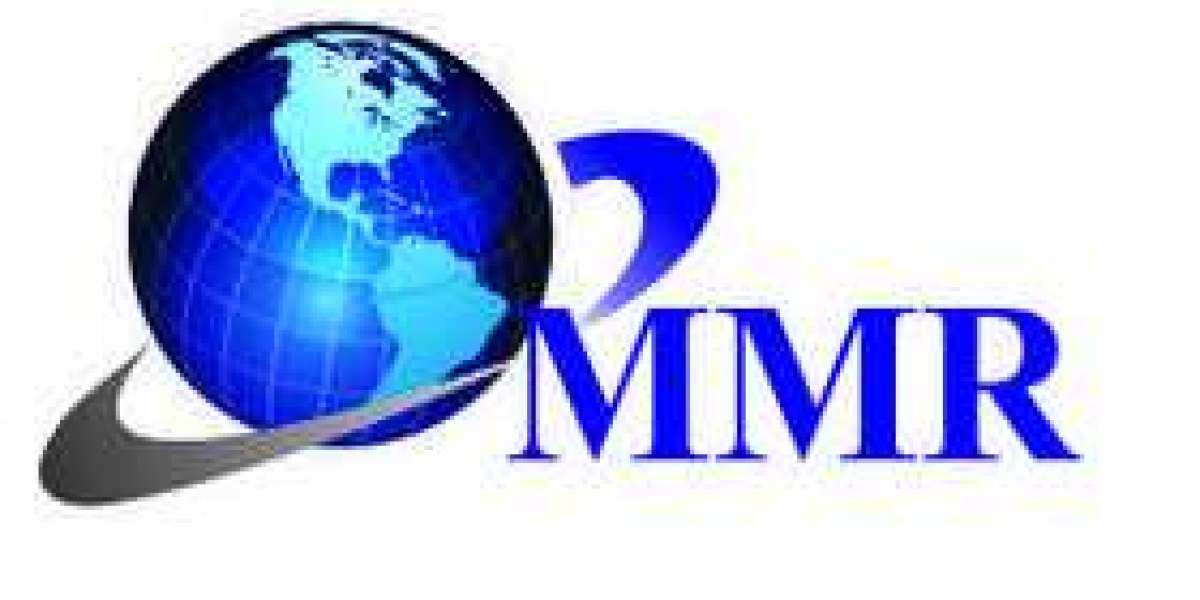Tax filing is a critical process for businesses of all sizes, involving meticulous preparation and adherence to complex regulations. Accurate tax filing ensures compliance with legal obligations and optimizes your financial outcomes. This article provides a detailed overview of tax filing for businesses, including key responsibilities, strategies for efficiency, and common pitfalls to avoid.
Understanding Tax filing for business
Corporate Income Tax
- Sole Proprietorships: For sole proprietors, business income is reported on the owner’s personal tax return using Form T2125. This includes reporting all income and expenses related to the business.
- Partnerships: Partnerships file an information return (Form T5013) and report their share of income on each partner’s individual tax return.
- Corporations: Corporations must file a T2 Corporation Income Tax Return, which includes both federal and provincial/territorial tax obligations. Corporations are taxed separately from their owners and may need to pay taxes quarterly, depending on their revenue.
Goods and Services Tax (GST)/Harmonized Sales Tax (HST)
- Businesses that collect GST or HST on taxable supplies must file regular GST/HST returns. The filing frequency depends on the amount of tax collected and paid. Businesses need to remit the collected GST/HST to the Canada Revenue Agency (CRA) and may claim input tax credits for GST/HST paid on business expenses.
Payroll Taxes
- Employers are responsible for withholding and remitting payroll taxes, including Canada Pension Plan (CPP) contributions and Employment Insurance (EI) premiums. Accurate reporting and timely remittance are crucial to avoid penalties and interest.
Steps for Efficient Tax Filing
Maintain Accurate and Detailed Records
- Good record-keeping is fundamental to accurate tax filing. Track all financial transactions, including income, expenses, and payroll details. Utilize accounting software to streamline record-keeping and ensure that your financial data is organized and up-to-date.
Prepare Necessary Documentation
- Gather all required documents before filing:
- Income Statements: Profit and loss statements, sales records, and other sources of income.
- Expense Receipts: Documentation for deductible expenses such as rent, utilities, and supplies.
- Payroll Records: Detailed records of wages, tax withholdings, and remittances.
- GST/HST Information: Accurate records of collected and paid GST/HST.
- Gather all required documents before filing:
Choose the Appropriate Filing Method
- Decide between paper filing and electronic filing (e-filing). E-filing is often more efficient and secure, and in some cases, is required by the CRA. E-filing allows for quicker processing and immediate confirmation of receipt.
Strategies for Effective Tax Filing
Maximize Deductions and Credits
- Business Expenses: Identify all eligible business expenses to reduce taxable income. Common deductions include office supplies, travel expenses, and professional fees.
- Capital Cost Allowance (CCA): Depreciate the cost of capital assets such as equipment and machinery over time. This reduces your taxable income and provides tax relief.
- Research and Development (R&D) Tax Credits: If applicable, claim tax credits for R&D activities to offset some of these costs.
Plan for Quarterly Installment Payments
- Businesses expecting to owe more than $3,000 in taxes are required to make quarterly installment payments. Estimate your tax liability accurately and make these payments to avoid interest and penalties.
Stay Updated on Tax Law Changes
- Tax laws and regulations are frequently updated. Stay informed about any changes that could affect your business. Regularly review CRA updates and consult with a tax professional to ensure compliance and leverage any new opportunities.
Seek Professional Assistance
- While some businesses manage tax filing in-house, many benefit from the expertise of a tax accountant or advisor. A professional can ensure accurate filings, identify tax-saving opportunities, and provide strategic advice tailored to your business’s needs.
Common Tax Filing Mistakes to Avoid
Missing Deadlines
- Failure to meet tax deadlines can result in penalties and interest charges. Set reminders for all relevant filing dates and plan ahead to ensure timely submission.
Incorrect Classification of Workers
- Misclassifying employees as independent contractors can lead to payroll tax issues. Understand the CRA’s guidelines for worker classification and ensure proper documentation.
Overlooking Sales Tax Obligations
- Failing to correctly collect and remit GST/HST can result in significant liabilities. Verify that you are charging the appropriate sales tax and remitting it as required.
Underreporting Income
- Underreporting income, whether intentional or accidental, can lead to audits and fines. Ensure that all sources of income are accurately reported.
Conclusion
Proper tax filing is essential for maintaining compliance and optimizing financial performance. By keeping accurate records, preparing necessary documentation, and staying informed about tax regulations, businesses can manage their tax obligations effectively. Whether you handle tax filing internally or seek professional assistance, a proactive approach helps ensure smooth financial operations and long-term success.








